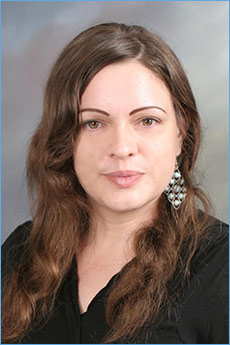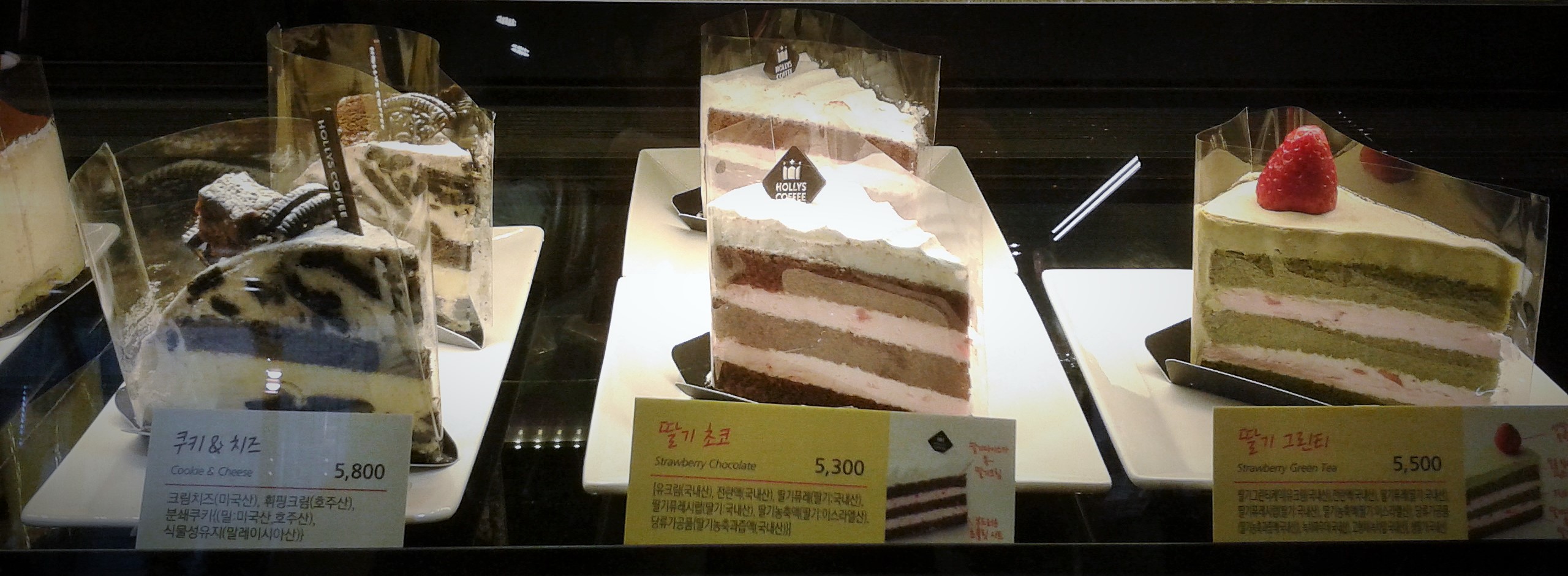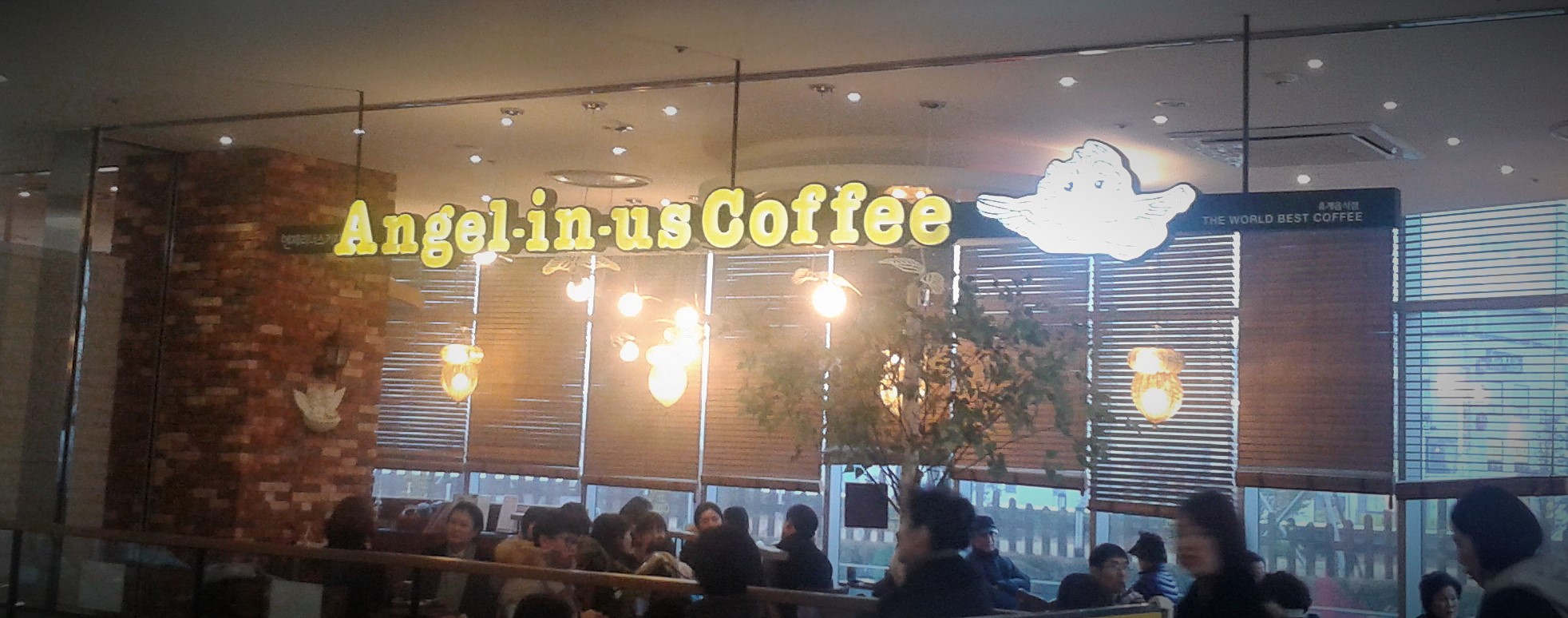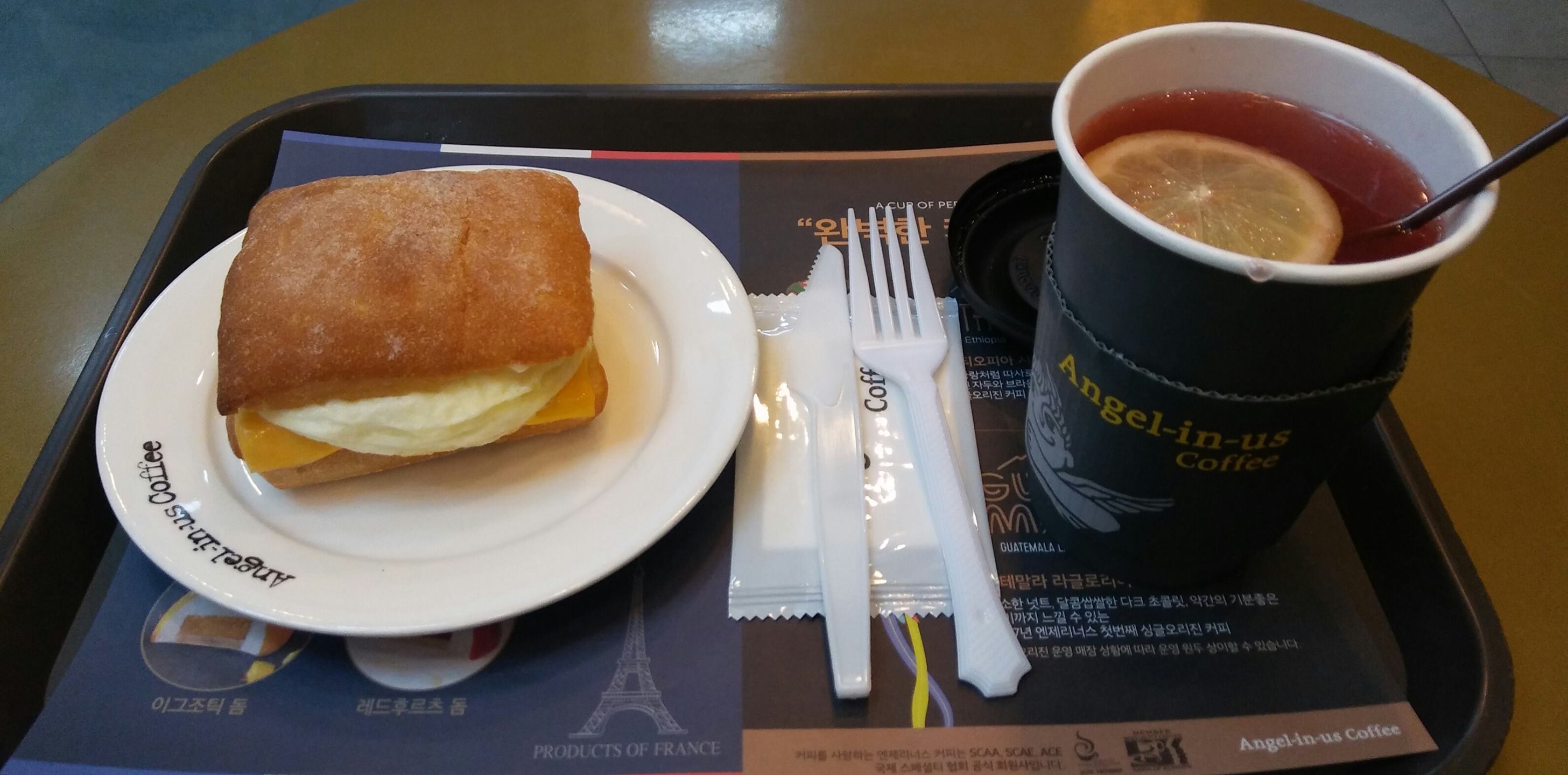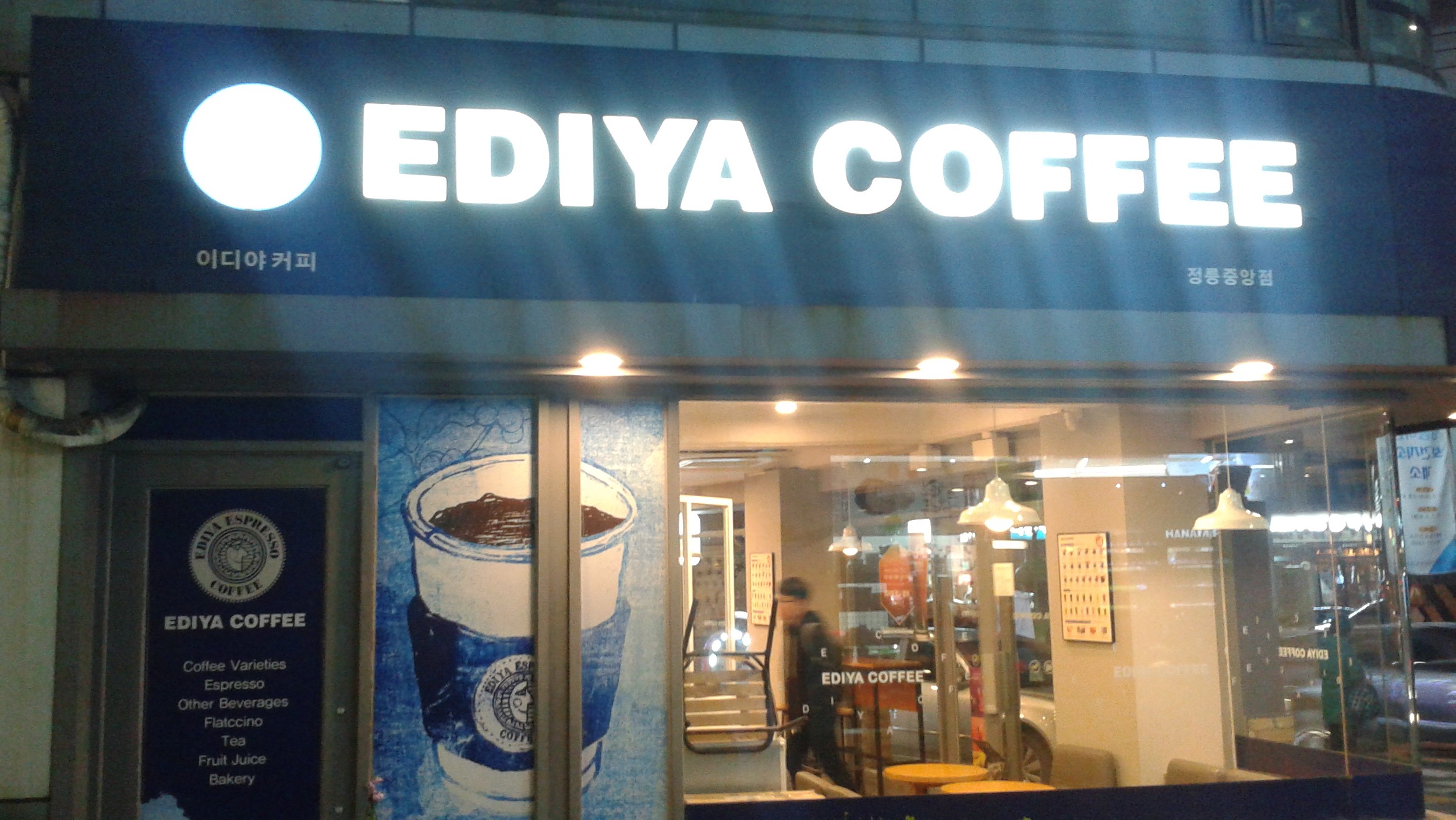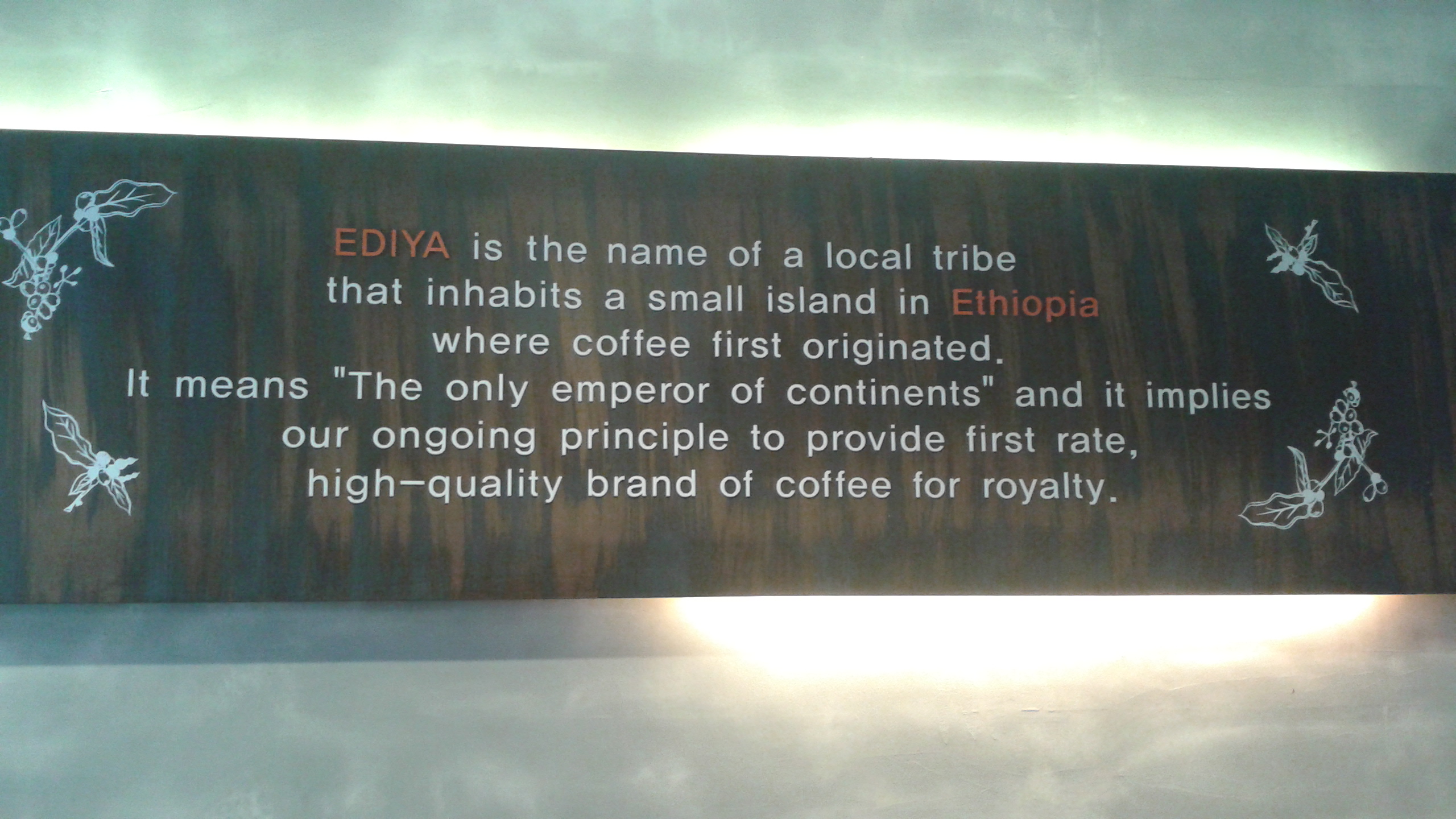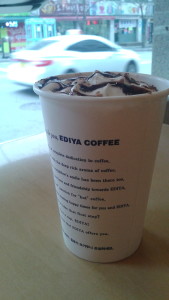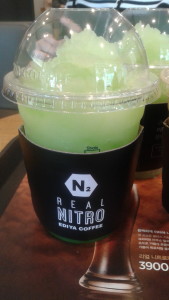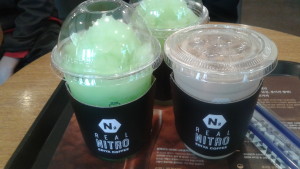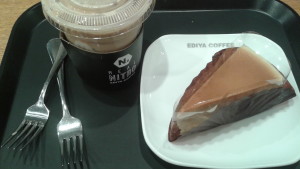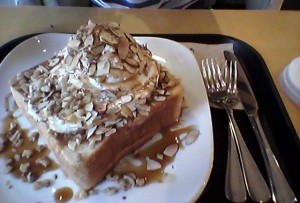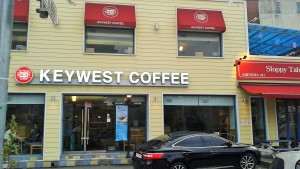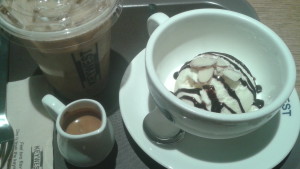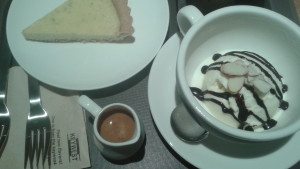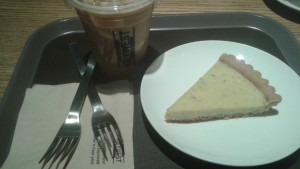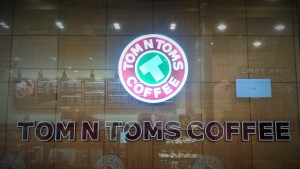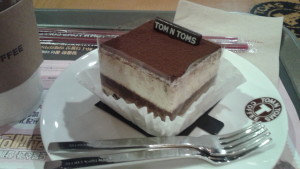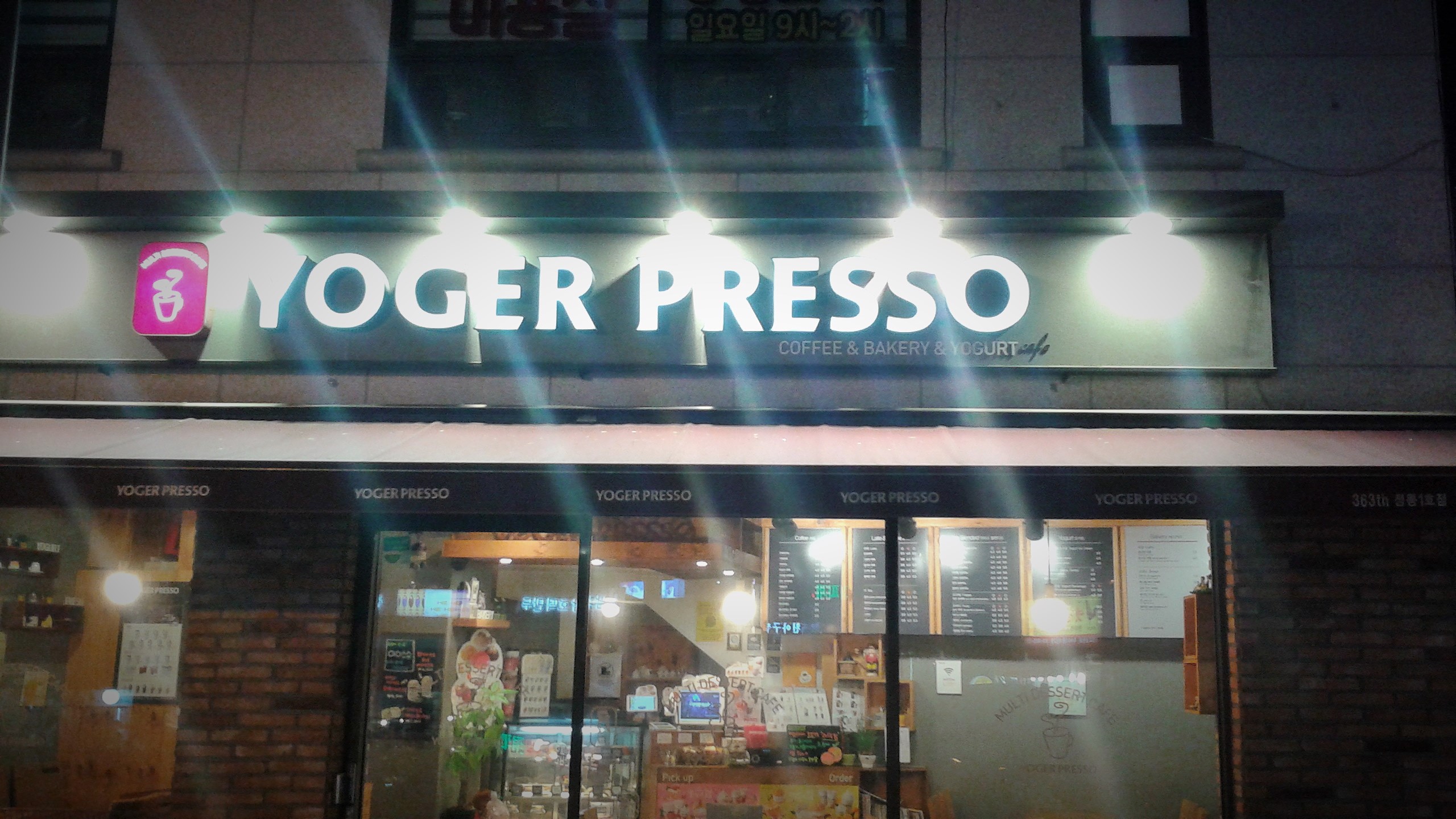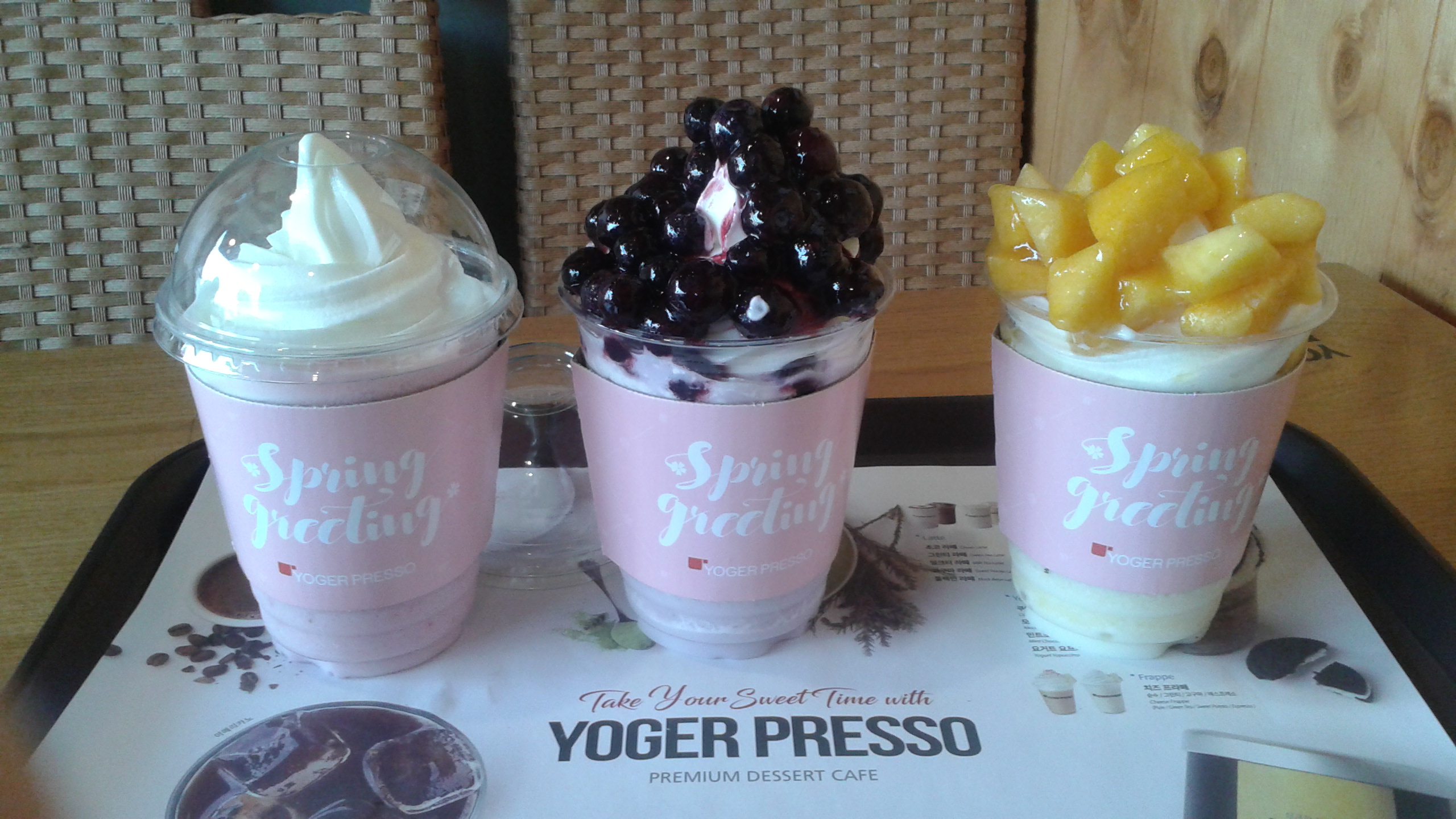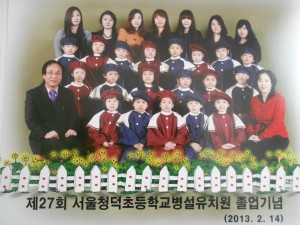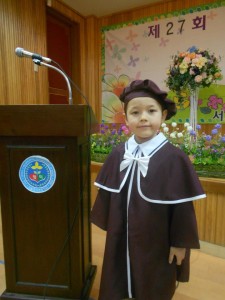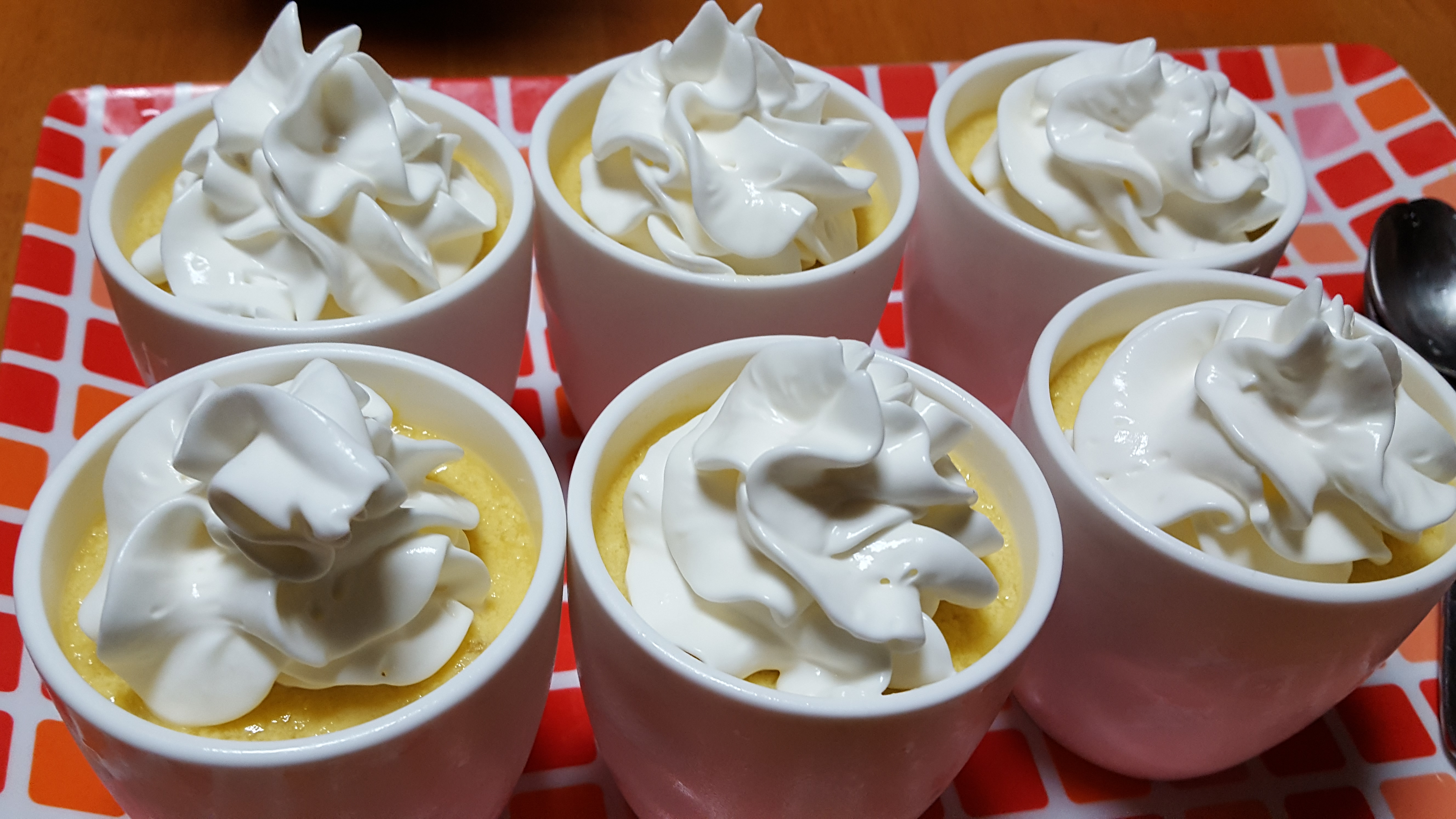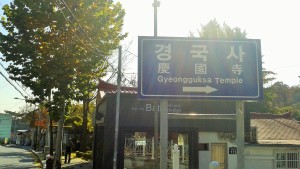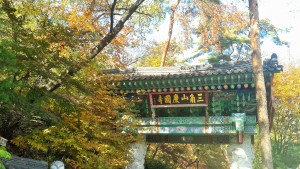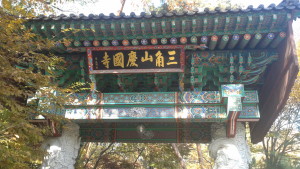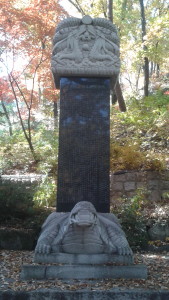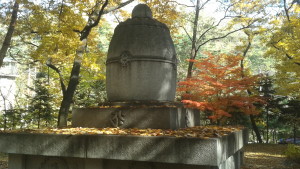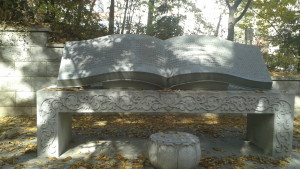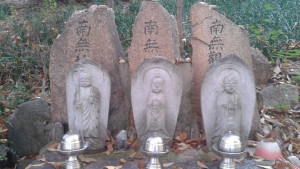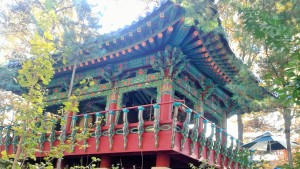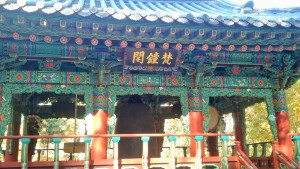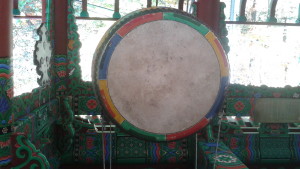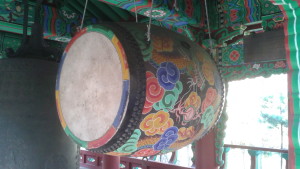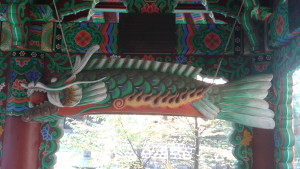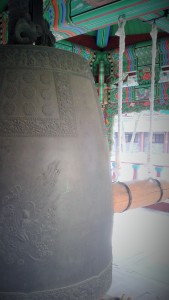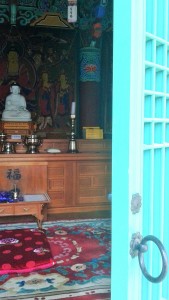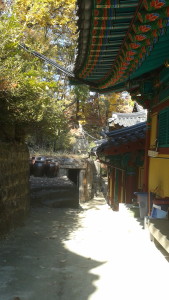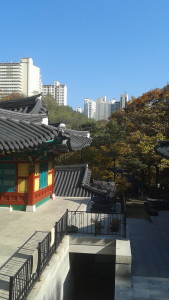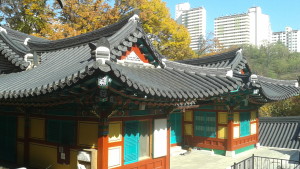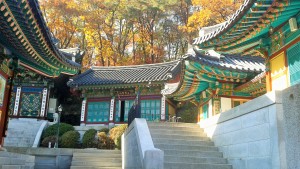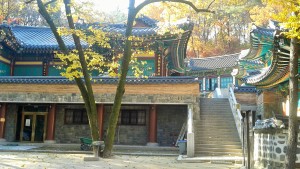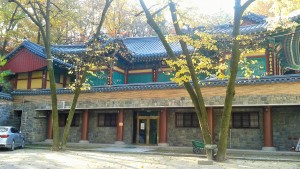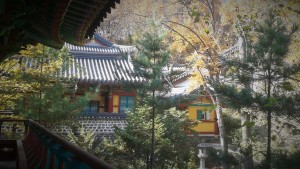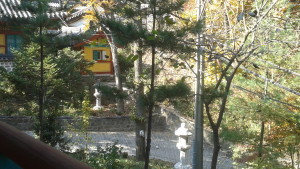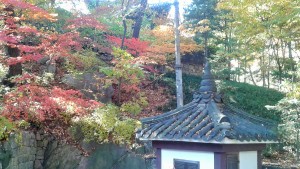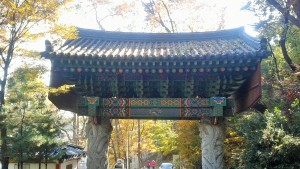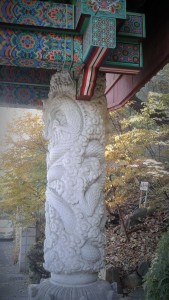Blog
Seoul’s Hot Spot Coffee Shops
As a night-owl writer and coffee enthusiast since high school, my greatest comfort since moving to Seoul, as well as the most surprising thing, has been the sheer abundance of chain coffee shops, as well as numerous independent cafes. And each coffee shop has its own unique personality. With that, I would like to share a bit about Seoul’s top five coffee shops from a customer’s perspective.
Angel-in-us Coffee
Angel-in-us (how can you not love that name?) is one of the most prominent coffee chains in Korea, and are fairly easy to spot in any given area in Seoul. There are two locations inside Seoul Station. They feature a large variety of coffee, tea, smoothies and juice drinks, as well as a rich array of desserts and sandwiches (pictured). My personal favorite are their mint chocolate cupcakes!
EDIYA Coffee
EDIYA Coffee is also one of Seoul’s most dominant coffee chains, as in one of those that can be seen on every other corner. In fact, there are three locations within walking distance of where I live in the Jeongneung area near Kookmin University! The name, “Ediya” is, in fact, derived from an Ethiopian tribe on an island where coffee is grown and harvested (see picture). Their coffee drinks are also very satisfying and bold, specifically their iced lattes and Americanos. They also offer a variety of frappe drinks, smoothies and bubble teas, as well as coffee and tea menu. Their desserts are also decadent, which is standard in most Korean coffee shops, I might add. The honey/butter/maple cream toasts (pictured) are positively to die for!
Keywest Coffee
Keywest Coffee is a design café that very much lives up to its namesake. This venue offers a South Florida ambiance with its signature décor, especially with their blue, papaya and mango-colored tiling, offset by green wooden planks, resembling indoor patios. Keywest offers a standard variety of coffee drinks and beverages, as well as some generous desserts. I personally recommend their coconut frappe, espresso affocato and key lime pie (pictured).
Tom N Toms Coffee
We locals refer to it as “Tom-Tom,” and like the other cafes, Tom N Tom Coffee offers a wide variety of coffee, beverages and juice drinks, both hot and iced. But what sets Tom-Tom apart, in my opinion, are the food items offered. Like Ediya and Keywest and Angel-in-us, Tom-Tom makes a fine honey bread toast with generous dollops of whipped cream; but their tiramisu (pictured) and soft pretzel breads are what keeps me coming for more.
Yoger Presso
Yoger Presso—a name that tickles my funny bone a bit, basically encompasses its amalgamation as a coffee shop and frozen yogurt and smoothie bar. You can go there for coffee; but if you crave a cool treat, especially with summer on the horizon, Yoger Presso is the ideal break. My personal favorite are any one of their fruit-topped frozen yogurt-topped smoothie “sundaes” (pictured).
Simply put, Seoul has no shortage of amazing coffee. Other honorable mentions to look out for include Cafe Bene, Holly’s Coffee, Twosome+, Bogner Coffee, Caffe Pascucci, Paris Croissant and many more. No matter the style, if you’re ever in Seoul, you’ll never be more than a stone’s throw away from great coffee!
An Immersion Story: My American Sons in Korean School
It all became real as the Vice-Principal of Chungduk Elementary School offered us vitamin “candies” and cups of warm water, and said, “Welcome to our school” in complimentary English. Our three sons, meanwhile, were nodding off on the office couch, as it was around 1 AM in Charlotte, NC, where we had flown in from just the day before. I watched our whole game plan change as my Korea-speaking husband did all the talking. I was, at first, hesitant with the idea of our children being foisted into a school environment in a completely different language, even though the Korean culture comprises a large part of their roots. I still felt a nagging obligation and calling to raise them as Americans in America. What would such a drastic move do to their future, should they opt to make it back in the United States?, I wondered.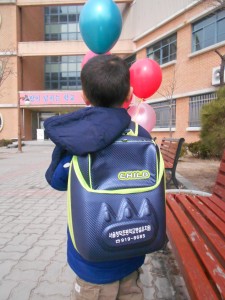
Then again, I reminded myself of the advantages early foreign language and cultural immersion could afford them, as some of my friends’ children back in Charlotte picked up Mandarin and German in recently-implemented language immersion kindergarten programs. Still, I admit, after trying unsuccessfully to get them into the DoD school on the Army base (I was neither active duty military, nor a local hire), and the fact that my husband’s new opportunity did not afford international schooling coverage, immersion into Korean public school turned out to be a last resort. And although my boys did have their range of struggles in the beginning, including failing even math and English tests, simply because all the questions were in Korean, they quickly picked up the language, as they had to in order to thrive and fit in. This initially wracked me with guilt. But the guilt gradually melted into heart-warming pride once they acquired a working command of Korean, with which they were also able to help their classmates with their English lessons, as well as serve as a conduit between non-Korean-speaking English teachers and non-English-speaking school staff. One of my sons was even elected a class Vice-President during his first semester, even despite the then-language barrier!
And as a minimal-Korean-speaking parent relocating here well into my 30’s, I also had my fair share of struggles and victories. Fortunately, my children were assigned the teachers who could speak the most English, and I was able to communicate with them reasonably well, using “Konglish”—a rudimentary combination of Korean and English—during most parent-teacher conferences and classroom events. I did this not because their English was deficient, but rather because I wanted to make more of an effort, along with my kids, to communicate more in Korean.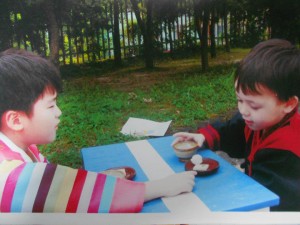
In Korean school, from my experience, parent involvement is often encouraged, but not to the same degree as in American schools. One common experience held almost quarterly is called the “Open Classroom,” similar to the open houses I had when I was a kid, where parents are invited to come in and observe the classes while they were in session. Unfortunately, unlike after-hours open houses in American schools, Open Classrooms are held during school and work hours, making it difficult for most parents to attend. And these sessions were often held for all classes at the same time, which made it a challenge for those with multiple children in the same school. At one point, I had to run back and forth between three different classrooms, as all three of my sons’ open classroom sessions were being held simultaneously! So my sons and their teachers knew not to take it personally when I had to duck out and run to their brothers’ classrooms.
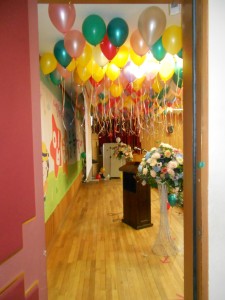 And during these Open Classroom sessions, parents were also encouraged to fill out evaluation forms and offer suggestions. But due to my limited language skill, I often passed on filling the evaluation forms. And even though I could not understand much, I still made it a point to show up anyway in order to show my support for the teacher, as well as for my children’s education. It certainly gave me a new respect for immigrant parents back in the US, whose children were both my sons’ classmates, as well as my own friends back during the Reagan Administration.
And during these Open Classroom sessions, parents were also encouraged to fill out evaluation forms and offer suggestions. But due to my limited language skill, I often passed on filling the evaluation forms. And even though I could not understand much, I still made it a point to show up anyway in order to show my support for the teacher, as well as for my children’s education. It certainly gave me a new respect for immigrant parents back in the US, whose children were both my sons’ classmates, as well as my own friends back during the Reagan Administration.
One other rather delightful event, usually held in the fall, are the high-energy “Sports Days,” similar to what American schools call “Field Days,” in which each class competes against others on the same grade-level in games like relay races, tug-of-war and dodge ball, etc. And sometimes, parents, and even grandparents, are invited to compete against one another, as their children cheer them on. At one Sports Day at Chungduk, my sons enjoyed watching their grandpa, who lives with us, play ring toss with the other halmonis and harabojis! But unlike most American Field Days, Korean Sports Days are often garishly decorated, much like graduations, festooned with balloon arches, strings of international flags and convention-style banners. Street vendors selling wares ranging from slinkies and pinwheels to flower bouquets, also line up to cash in on Sports Days. They’re that big of a deal!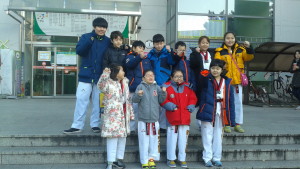
All in all, although we did not originally plan on living in Korea for the duration, or having our kids immersed in Korean school for more than a couple of years, my husband’s career took off in unexpected ways, and for that, we have rolled with the punches and come a long way since that first day in the Vice-Principal’s office, nearly five years ago. My oldest is now in “Middle School, first grade” (7th grade) at Korea University Middle School, and my younger two are not far behind. Since then, they have fully adapted, and our new challenge is to keep up their English literacy, which we supplement through individual reading and private tutors. They are also avid swimmers and Taekwondo red and black belts; and it prides me beyond belief to see them thrive alongside Korean kids, even as their language skills now far exceed my own. I no longer worry about their adaptive skills, nor my own. In fact, since our move to Korea, I feel I have developed a newfound sense of peace that wherever the future takes us, we will all be fine, and be better for it.
Holiday Eggnog Custard
Here’s a light, but satisfying, dessert I have always looked forward to making for the holiday season (when the stores finally carry eggnog)! I always found it to be a wonderful alternative to ice cream, as custard tends to go better with a cup of coffee or hot cocoa after dinner, or when mingling by the fire. Try it anytime this holiday season, for a unique seasonal twist on a classic dessert experience!
Ingredients:
6 large eggs
4 cups premium eggnog
¼ cup brown sugar
½ tsp vanilla
3 tsps gelatin powder
½ tsp salt
Yields 4-6 servings
- Separate 6 large eggs, placing yolks in a large bowl. Set egg whites aside. Add salt to the egg yolks, and mix until fully combined.
- Combine eggnog, brown sugar, vanilla and gelatin powder in a medium saucepan. Stir mixture over low heat until fully combined. Then remove from heat, and let cool for several minutes.
- Gently add egg yolk mixture, and stir over low heat until the mixture is thick enough to coat the spoon.
- Pour eggnog mixture into bowls or cups, and refrigerate for 2-3 hours.
- Top with garnish of your choice (Suggested garnishes: cinnamon, dried cranberries, Maraschino cherries, crushed candy cane pieces, toasted coconut, chocolate shavings, caramel topping, whipped cream or topping).
- Enjoy!
The Temple Next Door
One day, amidst all the election madness of the previous weeks, I took a soothing stroll through one of the two “safe spaces” I often go to when in need of mind-mending solitude: Gyeongguksa Temple, located just blocks from where I live in Seongbuk-gu in Seoul, near Kookmin University. The other, Incheon Beach, as featured in a previous post, was too far away that day. Gyeongguksa Temple was first established in 1325, and is one among dozens of Buddhist temples here in Seoul (https://en.wikipedia.org/wiki/Gyeongguksa). Gyeongguksa is also headed by the Jogye Order of Korean Buddhism, and it remains, without a doubt, a local and national treasure that has stood the tests of time, war, reconstruction and modernization; and I feel extremely honored and privileged to live so close by.
Gyeongguksa Temple also happens to be a setting in my second novel, The Solitaire Diaries, in which one character, “Catastrophic Chris,” devotes himself to the Order and becomes a Buddhist monk after a brief stint of self-discovery teaching English. It is also here where he breaks up with his new Korean pop siren girlfriend, and meets “Kang,” an old friend of his father’s from his military days at Yongsan Garrison, who inspires his transformation. And apparently, Gyeongguksa narrowly missed being Chris’ birthplace, as well, as his mother went into labor with him there, while on a couple’s meditation outing.
All in all, Gyeongguksa Temple is an astounding an exquisite tribute to Korean history and symbolism, and I strongly recommend adding this wondrous site to your Seoul travel itinerary. But for now, here is a picture tour…
Welcome 어서오세요 (Oso-o-seyo)!
Monuments
Bell House
Interior
Main Campus
Farewell 안녕히가세요 (An-yong-hee-ga-seyo)!
Seoul’s Soul in Street Food
There’s something about street food. It’s always there, everywhere. Especially when you need it the most, but do not have time to cook or sit down for a meal. In fact, quick eats served by friendly, quirky street vendors in heated stalls or carts come in pretty handy when you need a quick bite between classes or shifts. But I also believe street food reflects on the character of its particular city, it’s demographic and their favorite ingredients. Here in Seoul, Korea, for example, fish, chicken, pork, rice, beans, tofu, red pepper and bread, etc., according to my observations, are common food staples in most households and sit-down restaurants; and, in my opinion, the street food here reflects Korea’s food culture rather festively. In Seoul, street food usually greets commuters around bus and train stations, as well as shoppers in open-air markets. Here are a few of the most tantalizingly popular bites from Gireum Station and Jeongneung Market, a few blocks from where I cook my family meals!
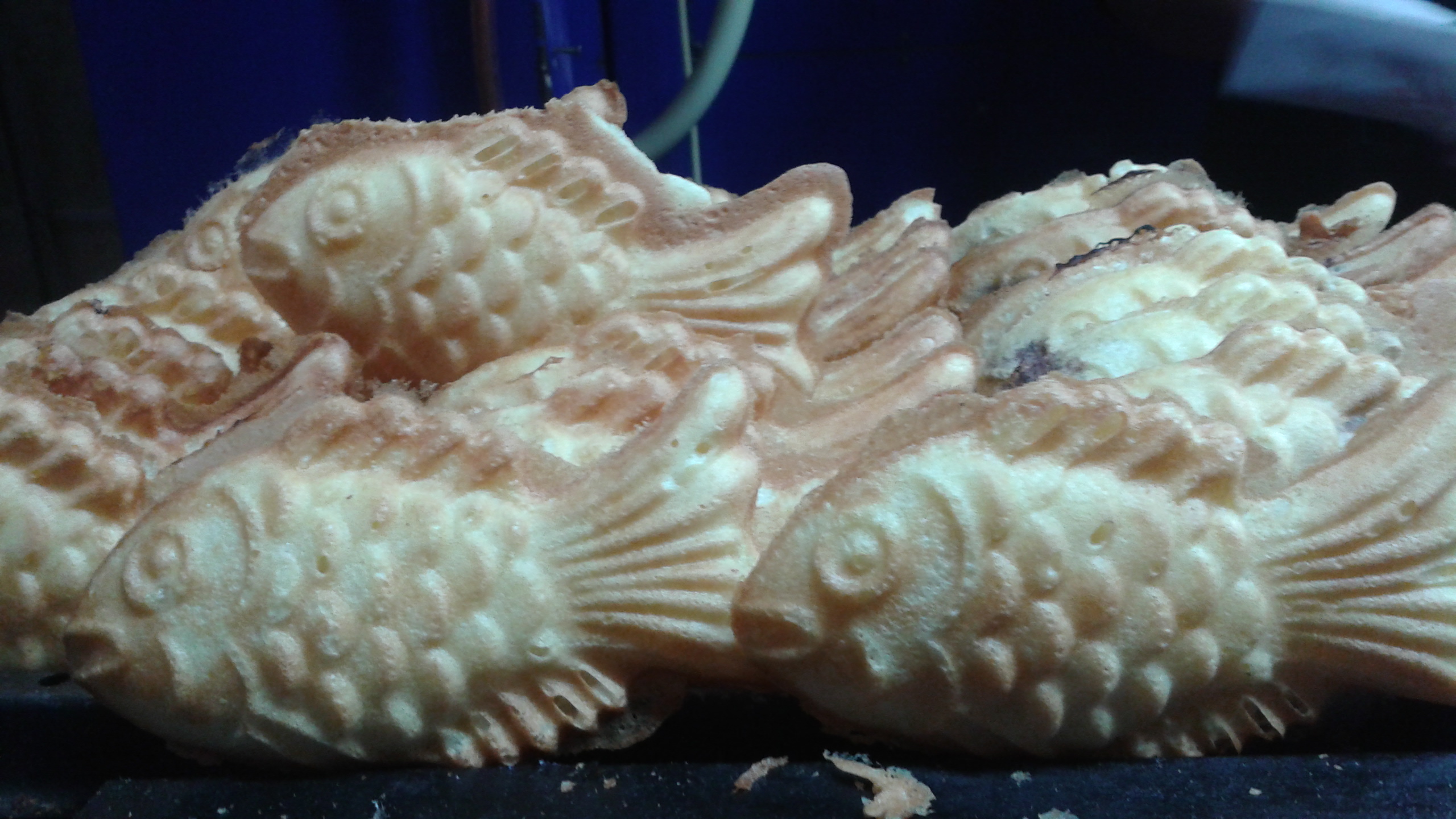
붕어빵 (Boongobbang) are crispy, waffle-like pastries filled with red bean or custard. They are made by pouring batter and custom fillings into mostly fish-shaped iron molds. One of my personal favorites!
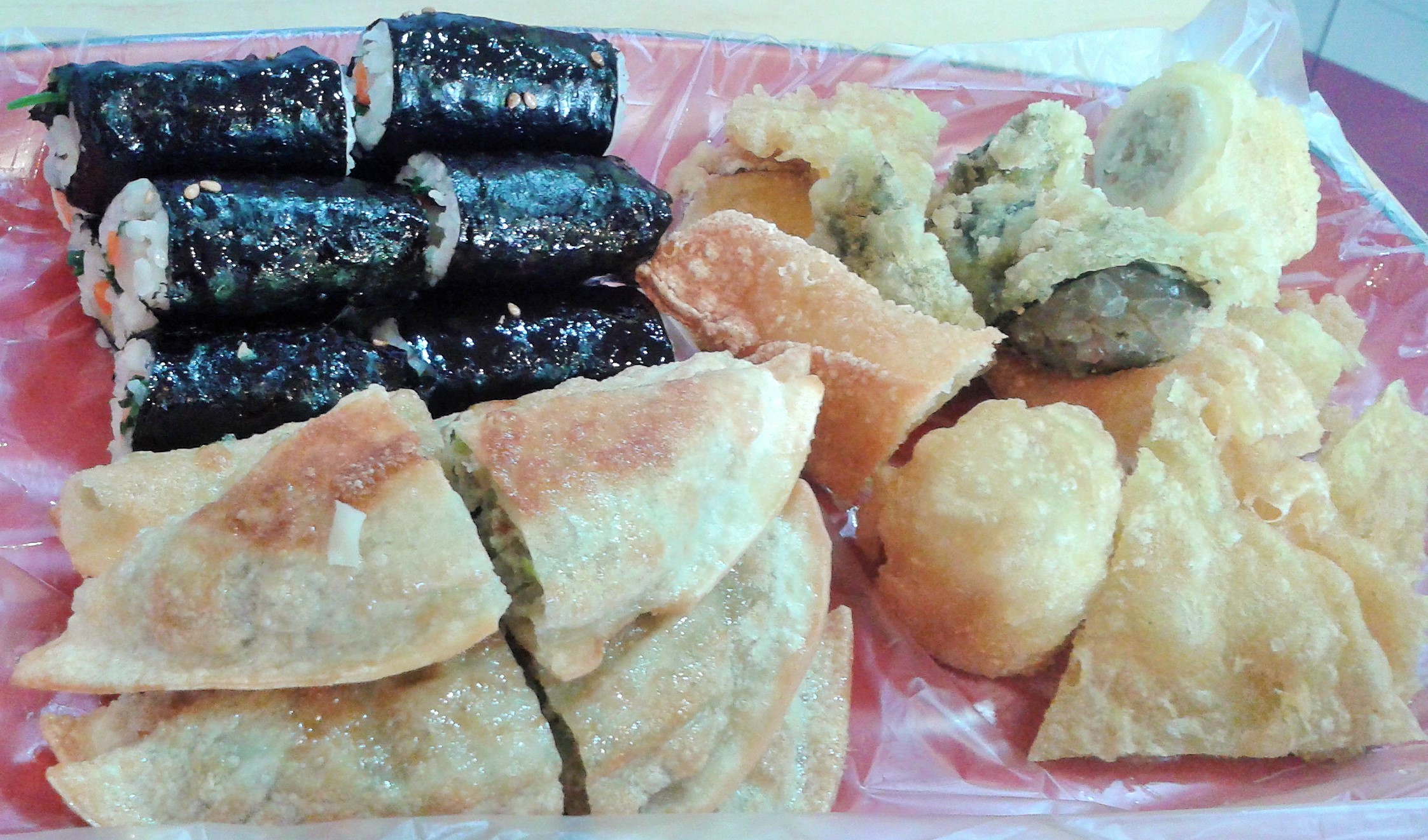
김밥 (Kimbap), or seaweed rice rolls, are sometimes served with fried dumplings or Korean tempura sweet potato, as pictured here. However, kimbap rolls are most often served pre-sliced in larger foil-wrapped packages for a quick and marginally nutritious “McDinner.” Very popular with high school and college students on-the-go.
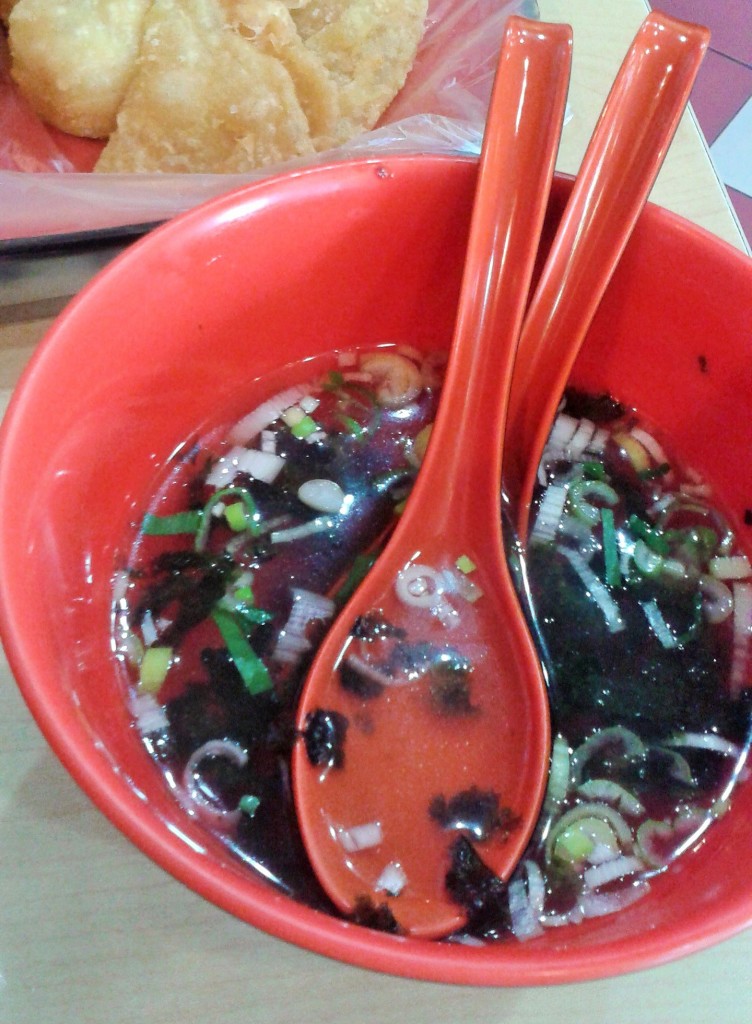
Scallion soup is often served as a side-dish to most meals, both in sit-down restaurants and from street vendor carts. You can also have it to-go (pochang) in either a paper/Styrofoam cup or a plastic bag.
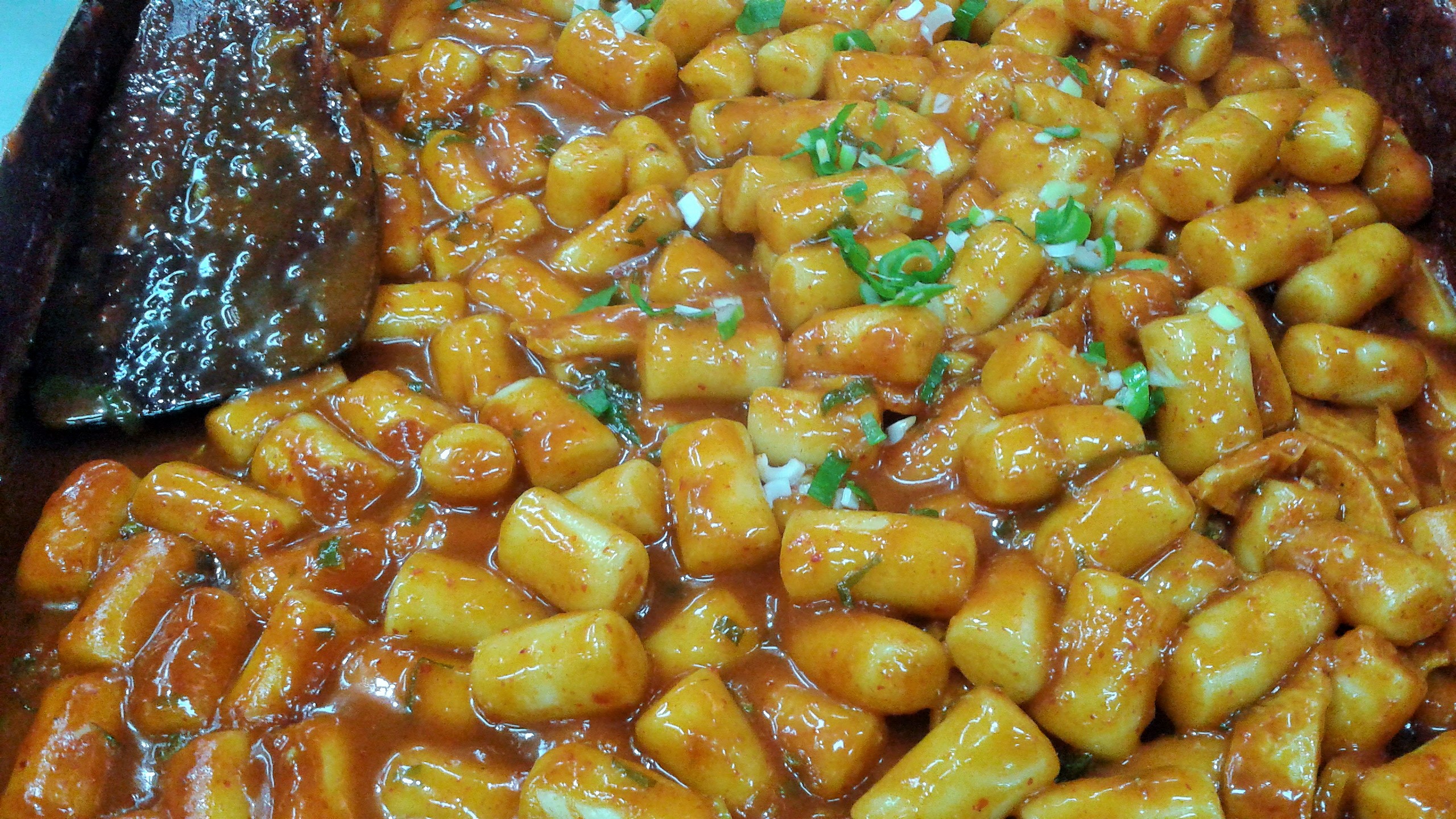
떡볶이 (Ddokbokki), or rice cake in pepper sauce, is an ideal quick-eat for those with a penchant for the hot and spicy.
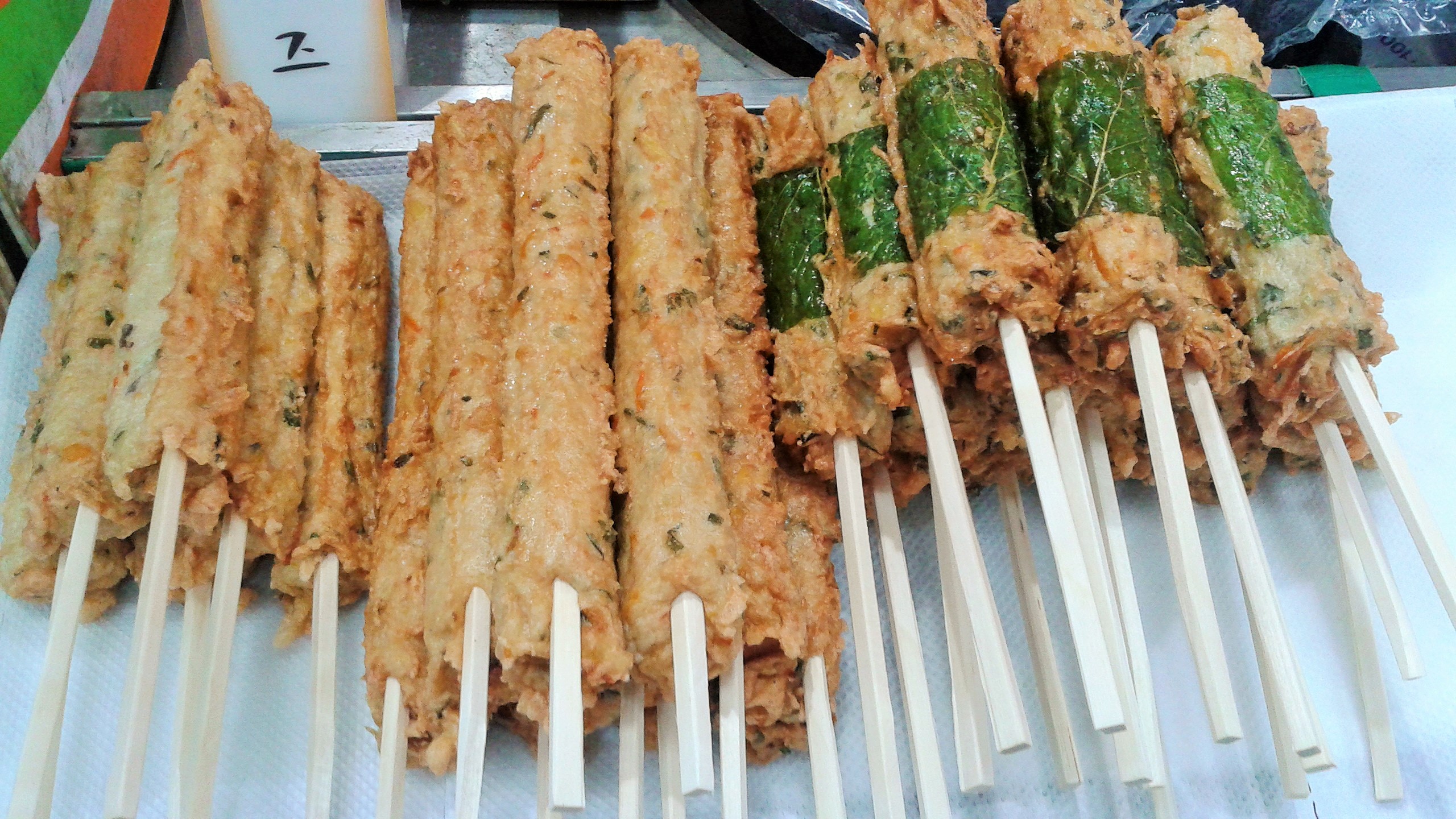
오뎅 (Odeng), or fishcake, can be served in many ways. But from the vendor carts, it is most popularly served piping hot on wooden skewers. Note: some odeng vendors require customers to return their wooden skewers after finishing—usually those waiting at the bus stops.
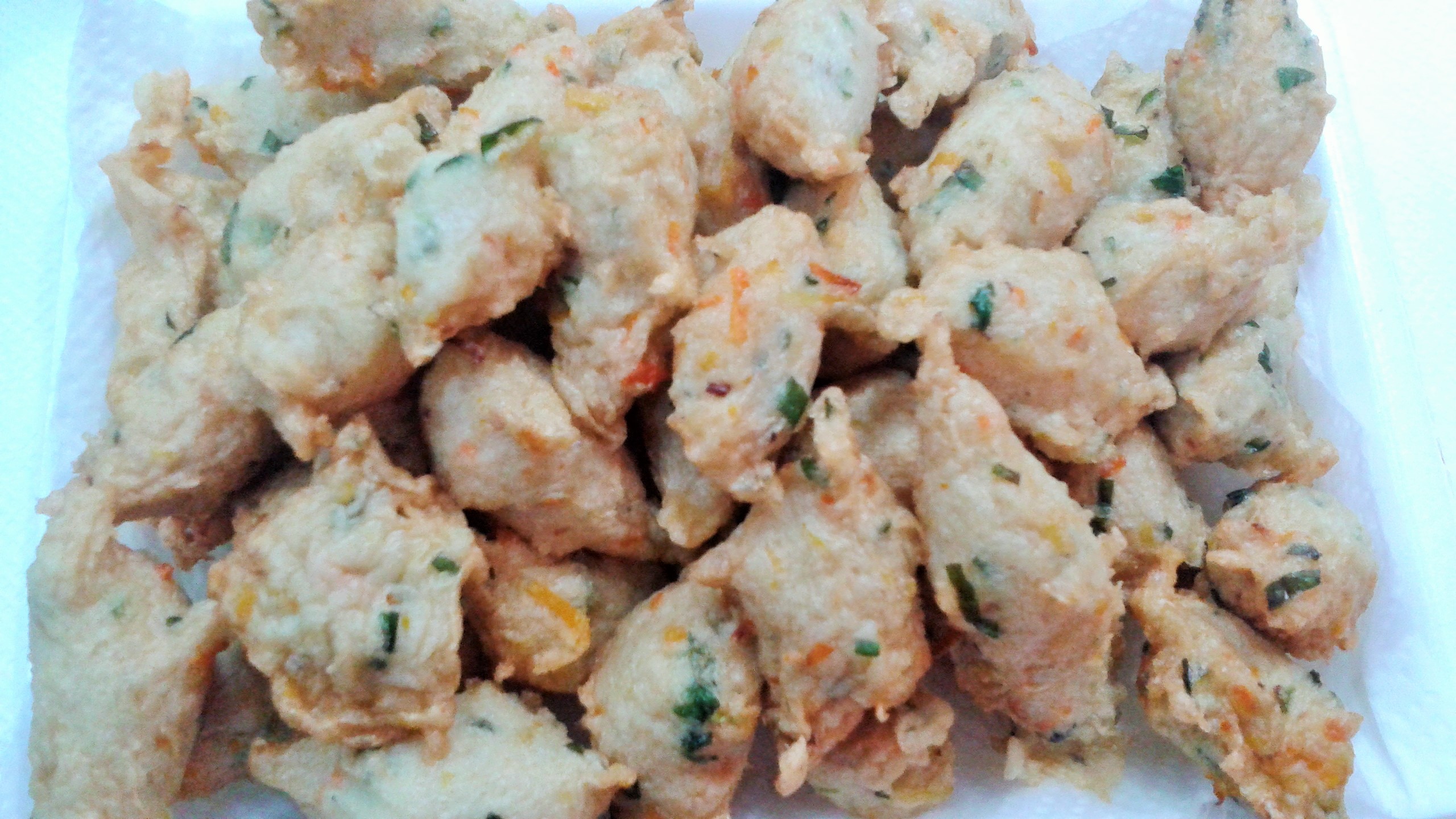
오뎅 (Odeng) in nugget form is often eaten with chopsticks along with rice.
Of course, there are many, many more varieties of street food to be found and enjoyed here in Seoul. But now, on your next trip, you will know what to look for, expect and hopefully, try out!
